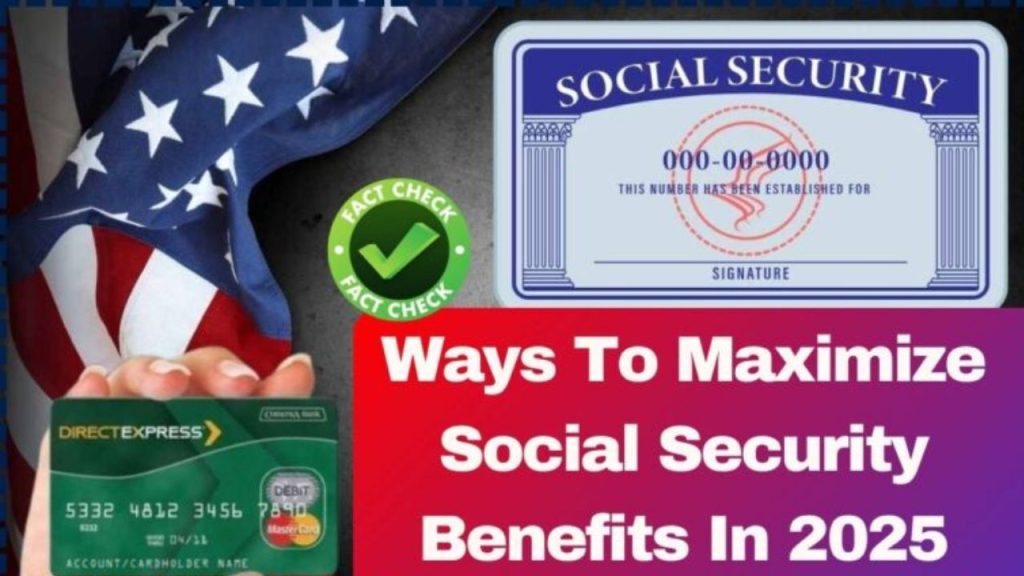This tool automatically gives you an estimate of your Social Security benefit if you start payments at age 62, full retirement age and age 70, based on your actual earnings history. As long as you have a Social Security account, you can change the parameters to get a more accurate estimate of your plan based on future earnings or the exact year of your retirement.
Just factor in paying for health insurance if you decide to retire before 65 when this benefit kicks in.
U.S. News Retirement Calculator
This is a bit more nuanced as this tool attempts to calculate how long your savings and income will last in your retirement. If you fill out all the information, like your age, how much pretax income you make each year, the amount you have in retirement savings and how much you put aside in savings every month, it will account for your retirement age, life expectancy, inflation rate and retirement expenses.
Even though the calculator cannot give you a completely accurate idea, it can still give you a guideline that you can modify to get a better understanding of your future finances. You can experiment with your earnings, retirement income projections and savings goals to get a sense of how this can impact your income in your later years.
Planning For Retirement
This tool belongs to the Consumer Financial Protection Bureau and, similarly to the Social Security tool, provides estimates of your monthly or annual Social Security payments at various claiming ages based on your birth date and the highest annual salary you have earned.
It also makes projections about how much money you will have received by certain points in your lifetime allowing you to better plan your finances.
It is less accurate than the Social Security tool as it does not use your actual earnings, but the advice on how marital status, desired retirement age, spending expectations, retirement income sources, and longevity can impact your benefits will be invaluable.
Social Security Benefits Calculator
The AARP Social Security Benefits Calculator allows you to input income details for yourself and a spouse simultaneously, helping you compare benefits at different claiming ages alongside expected retirement expenses. It also provides estimates for divorced individuals who were married for at least 10 years and have not remarried, though it does not account for survivor benefits for widows or widowers. Once your estimated benefit is calculated, the tool shows potential income sources during retirement, such as Social Security, retirement accounts, or pensions. You can also adjust the retirement start year to explore how it impacts your financial outlook.
Retirement Age Calculator
This calculator will allow you to input your birth year and quickly find out the exact age at which you will be eligible to claim your full Social Security retirement benefit, preventing you from losing out on benefits because of some pesky months. It will also explain all the percentages by which your benefits will be reduced if you claim early.
Early Or Late Retirement Calculator
Similar to the last one, this Social Security calculator will tell you accurately the change in your payment amount based on the exact month you plan to start Social Security.
Retirement Earnings Test Calculator
If you start receiving Social Security benefits while working and are younger than your full retirement age, a portion of your benefits may be temporarily withheld. The Social Security Administration’s Retirement Earnings Test Calculator can help estimate how much could be withheld based on your expected earnings.
Upon reaching full retirement age, your benefits will be recalculated to account for the withheld amounts and any additional earnings, potentially increasing your monthly benefit.
Life Expectancy Calculator
Although claiming as late as possible to get the maximum benefit is often advised, the reality is that no one knows how long we will live. This Social Security Calculator will tell you the average number of additional years someone of your age and gender can expect to live. However, averages do not account for current health, lifestyle, or family medical history, so take these predictions with a grain of salt.
As Brian Kuhn, a financial advisor at Wealth Enhancement Group in Fulton, Maryland, explains, “The longer you believe you are going to live, the longer it makes sense to wait to take benefits, and the shorter you think you are going to live, the earlier it will appear to be better to claim. When in doubt, waiting is helpful if you have other income options.”
Social Security Intelligence Break-Even Calculator
This calculator provides a visual representation of your expected Social Security benefits, helping you compare the outcomes of filing early versus later. By entering your birthdate and estimated Social Security payments, you can analyze how inflation adjustments and different claiming ages impact your benefits.
It also shows how long it will take to break even when choosing to start benefits at various ages. While this tool is useful for determining an optimal claiming strategy, it’s important to also factor in lifestyle considerations when making your decision.



